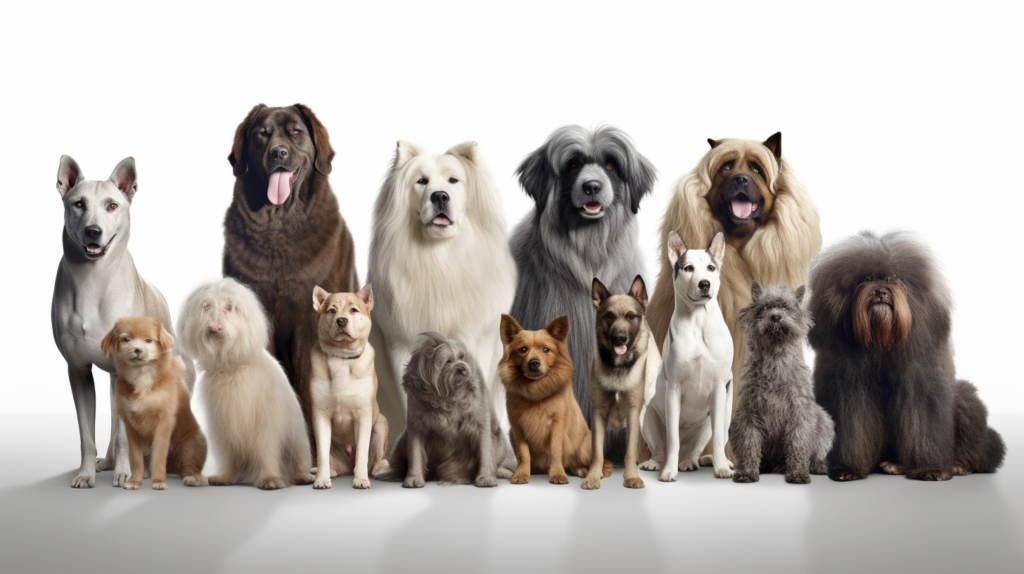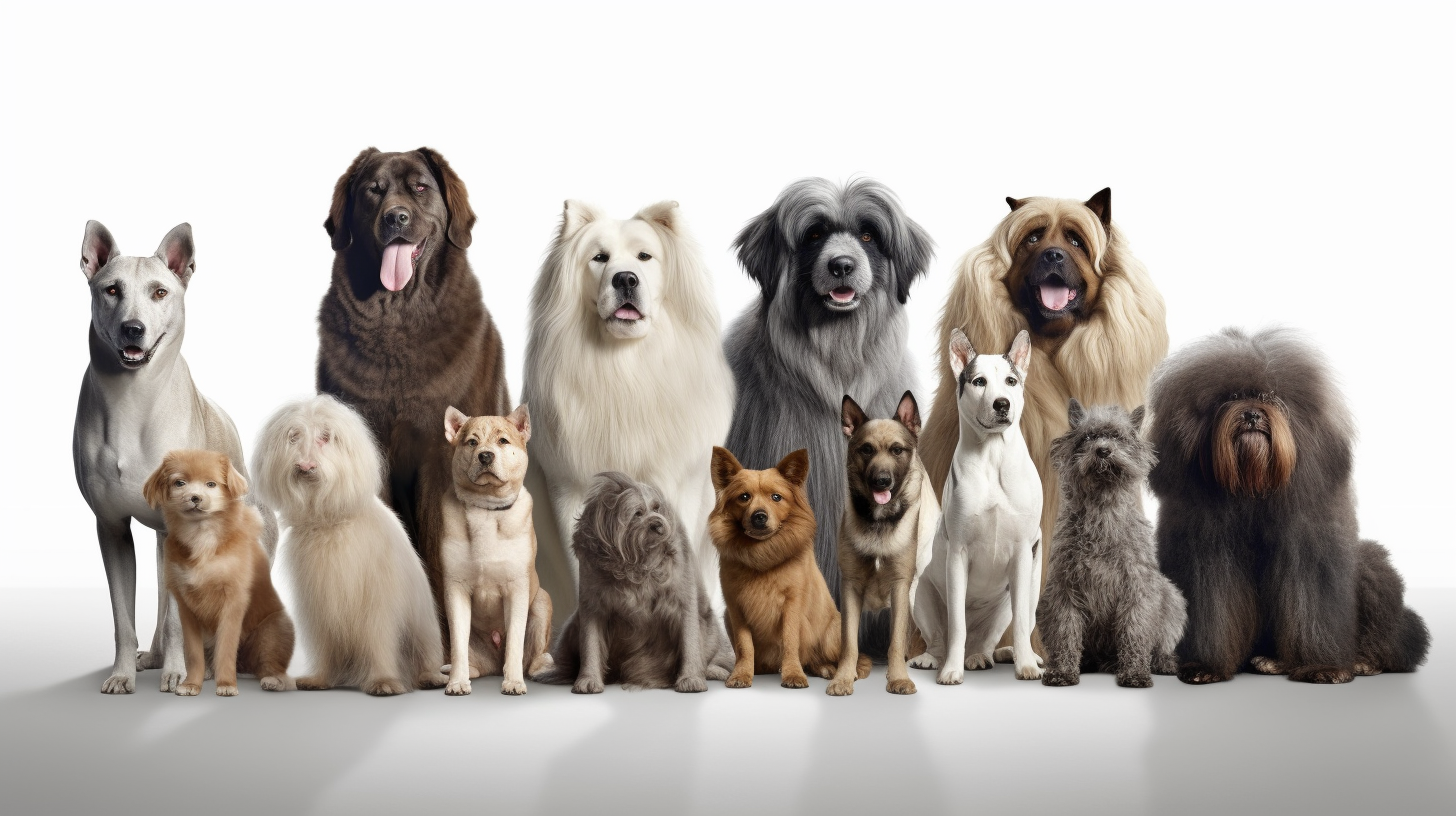From fiesty feline prowess to doggy devotion, owning a pet can be one of life’s greatest joys. But with hundreds of breeds to choose from, it can be difficult to pick your perfect furry companion. To help narrow your search, let’s explore everything you need to know about breeds and pick out the purrrr-fect pet for you.
1. Introduction to Dog Breeds
Curious about canines? Dogs have been our best friends since prehistoric times, making them one of the oldest human companions. It’s no surprise that this loyal, loving species has burst into a variety of breeds, sizes, colors, and temperaments!
From playful retrievers to down-to-earth dachshunds, the possibilities are endless when it comes to canine personalities. But before you pick a pooch to bring home, consider the following when making your selection:
- Temperament: Will your pup play nicely with others and follow basic commands?
- Size: Is your home big enough for a large breed?
- Coat: Do you prefer a short-haired or long-haired canine?
- Activity Level: Will your pup need lots of exercise?
Once you’ve answered these questions, you’re ready to make an informed decision on the perfect pup for your lifestyle. With a little research and lots of paw-ish love, you can find the breed that’s best suited for you and your family.
2. Key Characteristics of Different Breeds
With such a diverse variety of canine breeds, it’s no surprise that each one has its own unique characteristics. From size to the breed’s natural disposition, here are some of the key differences between breeds to keep in mind:
- Size: Breeds like the Great Dane and the Saint Bernard can weigh up to 200 lbs or more, while the smallest of breeds, like the Chihuahua, may weigh no more than fifteen pounds.
- Exercise Requirements: High energy breeds such as the Border Collie, Doberman Pinscher, and Weimaraner require more exercise than breeds such as the Basset Hound and Bulldog.
- Coat Types: Breeds such as the Golden Retriever and Samoyed have long, thick coats that will require frequent brushing and grooming. Others such as the Greyhound and Bulldog carry a smooth coat that is much easier to take care of.
Also to consider are the individual breed’s characteristics of temperament and trainability. Toy breeds like the Poodle and Maltese are known for being easily trained and can be suited to individuals with less experience. Larger breeds such as the German Shepherd and Rottweiler may possess a more difficult temperament yet can be trained to be loyal and obedient family pets.
3. Finding the Right Breed for You
Choosing the right pet can be a tough decision. With tons of breeds and sizes to choose from, it’s important to have an idea of what factors are important in selecting the right pup for you. Here are three of the most important things to consider:
- Activity Level – How active do you like to be? Some breeds require more exercise and need a larger area to run around, while others require less activity and can do just fine with a small yard.
- Living Situation – Different breeds require different living situations. A home with no neighbors or a backyard with a fence may be best for some, while an apartment or condo with plenty of walks might be better for others.
- Personality – Do you prefer a pup that is independent or clingy? Do you want a pup that is always happy or one that’s more subdued? It’s important to consider the pup’s personality when selecting the right breed.
Once you have an idea of what you’re looking for, it’s time to start researching and comparing breeds. Look for detailed descriptions and reviews of different breeds to get an idea of which one fits your lifestyle. Also, look for breed-specific organizations that can provide information on dog breeders, trainers, and breed rescue centers. By doing your research, you can find the perfect pup for you and your family.
4. Caring for Your New Best Friend
So, you and your new best friend have made it home. Now is the time to ensure that they are well looked after and are provided with everything they need to live a long and healthy life with you. There are many key elements you must consider when providing your new little mate with the correct care, such as:
- Food: It’s essential to provide a healthy, well-balanced diet for your pet. Make sure to research the exact food they need depending on their size, age, and lifestyle.
- Exercise: Exercise is hugely important for your pet’s physical and mental health. Make sure they have enough space to roam and explore, and try to include some stimulating activities.
- Parasites: Parasites are the last thing you want to your pet to suffer from, so proper protection is paramount. Speak to your vet about the available treatments for your new friend.
- Veterinary Care: It’s essential to keep on top of your pet’s healthcare. Make sure to provide regular check-ups, vaccines, and worming treatments.
Caring for a pet can be a lot of hard work, but it’s worth every single ounce of effort. The end result will be a happy, healthy companion that will give you unconditional love and endless hours of companionship.
That concluded our overview of different breeds of animals. There’s no doubt that with a little research and some practical guidance from experts, you can find the perfect breed for your home or farm. Dive deep and explore the limitless possibilities of the world of breeds – you’ll be glad you did.

